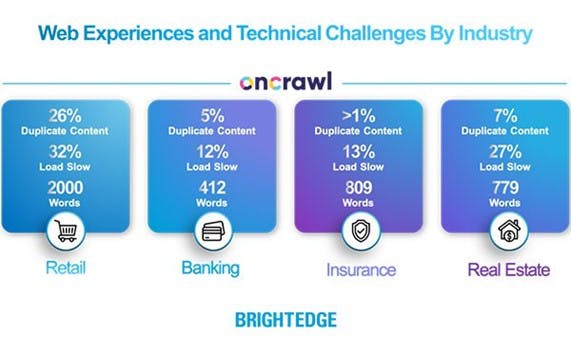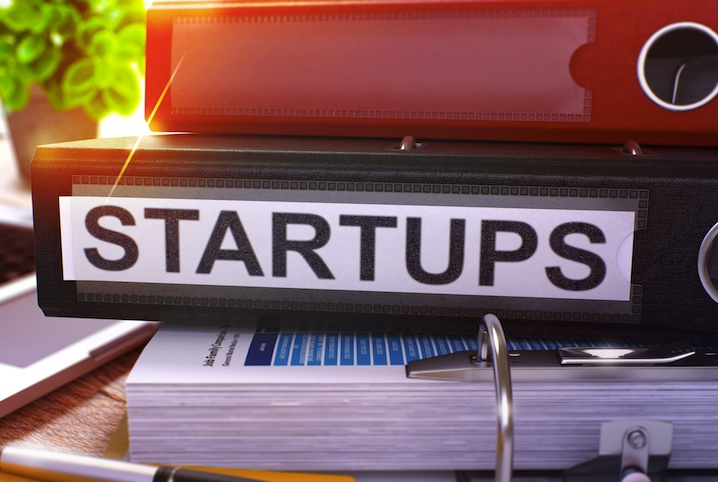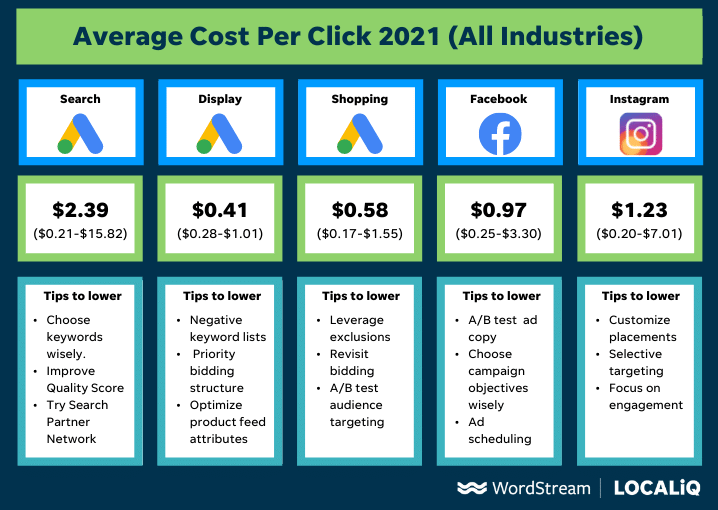
He explained how Uswitch has been trialling this approach with ‘known customers’, using the signals it has about customers who might be in the market to switch provider to reach them on whichever channel they are interacting with at the time.
Marketing That Matters: How automation helps Uswitch succeed amid ‘cut-throat’ competition
Taking this approach one step further, Uswitch has begun moving away from a more siloed, channel-dependent marketing strategy – in which different channels would be operating relatively independently of one another to reach consumers – towards a joined up, ‘customer-focused’ approach in which the emphasis is simply on reaching the customer with the right message, regardless of channel.
“It’s not just about the data that’s building to prominence – it’s the surge, or the bursting trends in buying behaviour. Last year was a great example with Air Jordans: when the ‘Last Dance’ biography about Michael Jordan ran on Netflix, from the moment the first programme went live, the surge globally was like a wave – but because we saw the data coming, we were able to react very, very quickly not only [in] how we merchandised the prominence [of these products] and the investment, but also to talk to our global boutique partners about the trends that we were seeing, to help potentially influence the stock that they were picking and putting on the platform.”
Adapting to evolving customer trends
Matching the audience to the most relevant message has also been a key tactic for comparison brand Uswitch, which needs to determine when customers are likely to be in the market to switch provider for utilities like gas, electricity or broadband. In the seventh episode of Marketing That Matters, Louise Saul, Online Marketing Analyst at Uswitch, described how the brand’s switch from an internal bidding tool to Google’s automated bidding technology opened up more possibilities in terms of how precisely the brand can target customer demographics.
Adam Cartlidge, Senior Director of Customer Acquisition at Farfetch, explained in the third episode of Marketing That Matters how his team used search data to determine how pandemic trends were affecting how customers interacted with luxury goods. Luxury retail was drastically impacted by the Covid-19 pandemic and the closure of bricks and mortar stores and boutiques; however, the demand for luxury goods was very much still present, just manifesting itself in different ways. As Cartlidge told Russell Parsons, Editor-in-Chief of Marketing Week and the host of Marketing That Matters:
“So, really, [automation has] expanded our capabilities across not only how much we invest in certain channels or certain campaigns, but also in being most effective in delivering the right message to the consumer as well.”
“We’ve started down that journey primarily with what we call ‘known customers’ – so, people who have an existing relationship with Uswitch through either a previous switching activity or through coming to the website and not switching the first time, but entering their email to receive more information or downloading the Uswitch app and creating an account.
Reaching the right audiences with the right message at the right moment is a win/win for both brand and customer: the customer is likely to feel more positive towards a brand that can demonstrate some knowledge of who they are and craft a message that is relevant to them, while the brand benefits from increased return on investment, more engagement from customers, and even a greater lifetime value.
Marketing That Matters: How leading brands reimagined digital strategy in the midst of turbulence
“You’ve then got a demand in shirts, blouses, caps, eyewear – essentially, anything above the waist that’s in view. We could see how people were reacting there.”
Using customer data to match the audience to the message
Two brands that have been doing this with great success are Farfetch, the ecommerce platform for luxury goods, and comparison brand Uswitch. In the second season of ‘Marketing that Matters’, a podcast from Econsultancy and Marketing Week sponsored by Google, both brands spoke about how they have used customer data and automation to reach audiences at the right moment and engage them with the brand.
Farfetch’s Adam Cartlidge echoed this when he described how the brand approaches growth: not viewing it as a binary question of customer acquisition or retention, but of overall demand generation, with all marketing channels working in concert to nudge the customer towards a purchase – or repeat purchase.
The crux of good advertising, when you boil it right down, is about reaching customers with the right message at the right moment in time.
Ethan Radtke, Head of Marketing at Uswitch, then elaborated on how the brand is using automation to test a wider variety of creative across different channels and audiences and determine the most relevant moment to serve them a particular message.
“We’re ensuring that we’re reaching consumers most effectively regardless of the channel – whether it be display, social, PPC, video, et cetera … We’ve found real benefit in that approach on those new audiences as a starting point – to the tune of between 20 and 40% lifts on retention and engagement.”
“If we focus a little bit more on the search data side, it’s not just about the obvious trends. … Consumers were still interested in purchasing luxury items for themselves and others. From a business sense, we’ve all been living on video calls for the last 13 months, potentially more. And there’s a great focus people have on homeware – making renovations and improvements to our video call backdrops.
“At the end of the day, we don’t really care which channel we reach a consumer on as long as we can deliver the right message in a cost-effective manner,” said Radtke. “And that drives the end result for a consumer, which is helping them make an improved decision for their home services needs.”
“So, we’ve sort of used data as a ‘glue’ that dovetails all of our marketing activity across the funnel, and importantly, links it all together.”
A channel-agnostic approach to marketing
Sometimes, it has been relatively straightforward to determine how these will affect purchasing habits, but more often than not, marketers have needed reliable real-time sources of customer data to understand what these trends mean for their brand and how they can position themselves to take advantage.
“One thing that Google bidding technology has over external providers is that Google can make use of a lot more data and signals … For example, Google will be taking into account a person’s audience and demographic factors, and that’s something that other tools just aren’t able to do.”
Customer data can also be used in a much more granular way to zero in on the audiences who will be most receptive to a particular product or service. Gareth Jones, CMO at Farfetch, explained how the luxury retailer has been able to apply customer data to traditionally “mass media” advertising channels, thus targeting the most receptive customers with their message.
Many sectors saw drastic shifts in customer behaviour brought on by the Covid-19 pandemic and its associated trends, such as home working and the digitalisation of many aspects of day-to-day life.
“We are taking a different approach to how we use some of those traditional broad brand channels – and we are plugging more data understanding into that,” he said. “So, what I mean by that is that rather than buying TV traditionally, we’ve over-invested in programmatic TV; we’ve tested, for the first time, OTT, for instance in China. We’ve therefore been able to drop our 30-second Farfetch TV ‘spot’ into households that we are confident are high net worth and have a propensity for luxury fashion purchases.
“We’re spending a lot of focused energy and effort now making sure we’re matching the right audience with the right message, and putting the right investment behind both of those,” he told Russell Parsons. “What that means in reality is creating a large amount of different creative; testing that at scale across different audience segments; and using effective data and tooling to make sure we’re making the best decisions for which message to serve which consumer at which point in their journey.
Of course, actually doing this is a lot easier said than done. However, in our ever-more-online world, we have more insight into where our customers are in their journey, how they are engaging with our brand, and when they might be in the market for a particular product or service. The challenge for marketers, therefore, lies in better understanding customers and using this information to reach them with the most relevant messaging.
Cartlidge illustrated how data from search allowed Farfetch to keep abreast of these overarching trends, as well as other, briefer (but no less commercially viable) surges in demand and adapt the products it stocked and marketed accordingly.
“One of the biggest items we focus on is that sense of incrementality – and it’s all of the channels working together collectively, rather than breaking down the isolation of one channel independently. My role is a prime example – my title might be Customer Acquisition, but my role is more demand generation. It’s not just about the acquisition of the consumer; it’s how we grow the lifetime value within that consumer, and understand what they’re looking for.”






